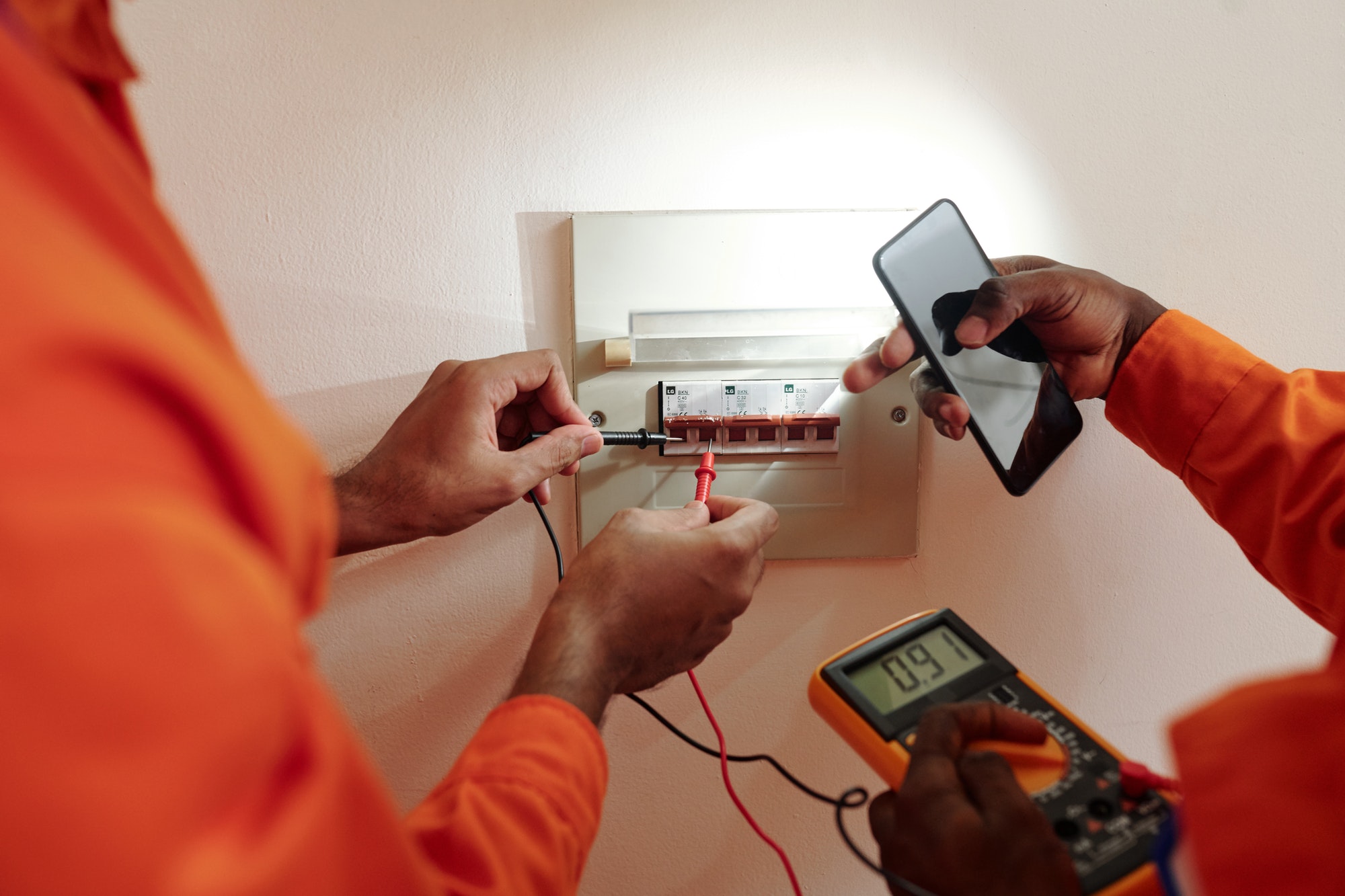Electrical outlets and switches are integral components of every home and office, providing the necessary power to run appliances, gadgets, and lighting. However, like any other component of an electrical system, outlets and switches can develop problems over time. Identifying these issues early can prevent potential hazards, including electrical fires, shocks, and equipment damage. Here are some signs to watch out for to spot electrical outlet and switch problems.
1. Sparking
Sparks from an outlet or switch can be alarming and should never be ignored. Occasional small sparks can occur when plugging in or unplugging devices due to the quick connection or disconnection of the circuit. However, frequent or large sparks can indicate a serious problem such as a short circuit, water exposure, or wiring issues. If you notice frequent sparking, it’s best to call a licensed electrician immediately.
2. Burning Smell
A burning smell coming from an outlet or switch is a clear warning sign of overheating or burning wires. This can be due to overloaded circuits, loose connections, or internal damage. If you detect a burning odor, turn off the power to the affected area from the circuit breaker and contact an electrician. Ignoring this sign can lead to fires and severe electrical damage.
3. Discolored or Charred Outlets and Switches
Discoloration or charring around an outlet or switch indicates overheating. This can result from loose connections, overloaded circuits, or internal damage. Discolored or charred outlets should be replaced immediately to prevent potential fire hazards. Additionally, the underlying issue causing the overheating needs to be addressed to avoid recurrence.
4. Warm or Hot Outlets and Switches
Outlets and switches should not be warm or hot to the touch. If they are, it could indicate an overloaded circuit, loose wiring, or a faulty device. Overheating can cause damage to the outlet or switch and potentially lead to an electrical fire. If you encounter a warm or hot outlet, unplug any devices, turn off the power, and consult with an electrician.
5. Crackling, Buzzing, or Popping Sounds
Unusual sounds like crackling, buzzing, or popping from an outlet or switch can indicate loose connections or wiring issues. These sounds suggest that electricity is arcing within the outlet, which can be hazardous. It’s essential to address these noises immediately by turning off the power and contacting an electrician.
6. Loose Outlets and Switches
Outlets and switches that move or are loose can cause poor connections and lead to arcing, overheating, or short circuits. Loose components can result from wear and tear, improper installation, or damage. It’s important to secure any loose outlets or switches to maintain a safe electrical system.
7. Non-Functional Outlets or Switches
If an outlet or switch is not working, it could be due to a tripped circuit breaker, blown fuse, or internal wiring issue. Non-functional outlets or switches should be inspected and repaired by a professional to restore proper function and ensure safety.
8. Flickering Lights
Flickering lights can be a sign of a problem with the switch, outlet, or electrical circuit. This issue can arise from loose wiring, faulty switches, or overloaded circuits. Investigating and resolving the cause of flickering lights is important to prevent potential hazards and maintain reliable lighting.
9. Electric Shocks
Receiving an electric shock when plugging in or unplugging a device or touching a switch is a serious issue. It indicates faulty wiring or a grounding problem. To avoid the risk of injury, turn off the power to the affected area and consult an electrician immediately.
10. Excessive Heat from Devices
If devices plugged into an outlet become excessively hot, it can indicate an issue with the outlet itself. This could be due to poor connections, overloading, or internal damage. It’s important to unplug the devices and have the outlet inspected.
Conclusion
Regularly inspecting your electrical outlets and switches for these signs can help prevent potential hazards and ensure the safety of your home or office. If you notice any of these issues, it’s crucial to address them promptly by consulting with a licensed electrician. Regular maintenance and timely repairs can go a long way in maintaining a safe and efficient electrical system.






